By Andrea Govaert MAIH
In his ‘Notes of a Painter’ (1908), Matisse articulates his mission as an artist as follows: ‘What I dream of is an art of balance, of purity and serenity, devoid of troubling or depressing subject matter, an art which could be for every metal worker, for the business man as well as the man of letters: a soothing, calming influence on the mind, something like a good arm chair which provides relaxation from physical fatigue’.
In other words: art as a harmonious haven that provides respite from the daily threats and hostilities of the outside world. These were plentiful at the turn of the 19th century, with world wars looming, a raging pandemic (the Spanish flu) and generally considered a period of great industrial transition and corresponding social unrest.
Against this backdrop, many (post) impressionist painters may have intuitively responded, by painting quiet domestic scenes, including their own gardens, as places of calm refuge, translating the way in which they experienced their physical gardens in comparison to the outside world. And indeed similar to the way in which we may experience our own gardens, as well as their paintings, especially now, when we find ourselves in an equally threatening environment as our late 19th century artists.
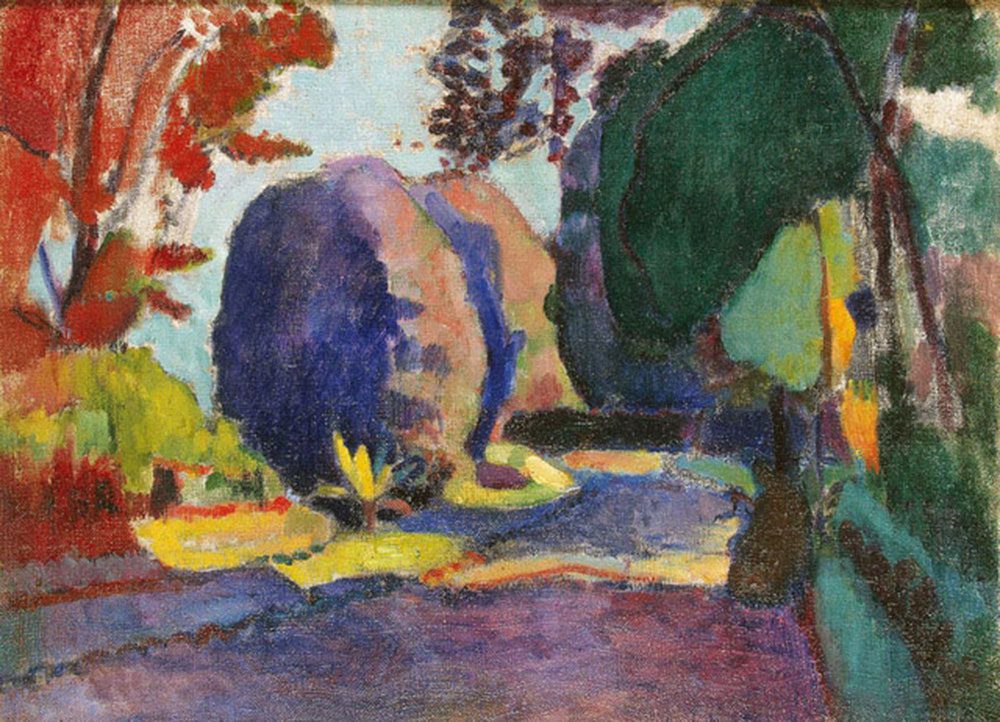
From Luxembourg Gardens [oil on canvas], by H. Matisse, 1901. Image/ www.arthermitage.org/Henri -Matisse/Luembourg-Gardens.html
It is astonishing to realise how many painters, musicians, poets and scholars were active gardeners and used their gardens as a constant source of inspiration, including thoughts on art and aesthetics in relation to form, colour, balance, rhythm and proportion. It is exactly the terminology we use when we think about the key design elements of a garden.
Perhaps the most well known example is Monet (1840 – 1926), who used his gardens at Giverny for ongoing horticultural experimentation. It is said that Monet ripped out flowering plants when he was dissatisfied with their colour scheme and the way in which they fitted with other flowering plants. Although this appears a little drastic, also gardeners can be dissatisfied with a plant ‘that doesn’t appear to belong’ and that in our minds somehow disturbs the balance of a garden.
Another impressionist painter, Pierre Bonnard (1867 – 1947) nurtured his garden at his property in Veronnet, in the North of France by letting it deliberately run wild (‘le jardin sauvage’). This garden appears frequently in his paintings in different light and moods.
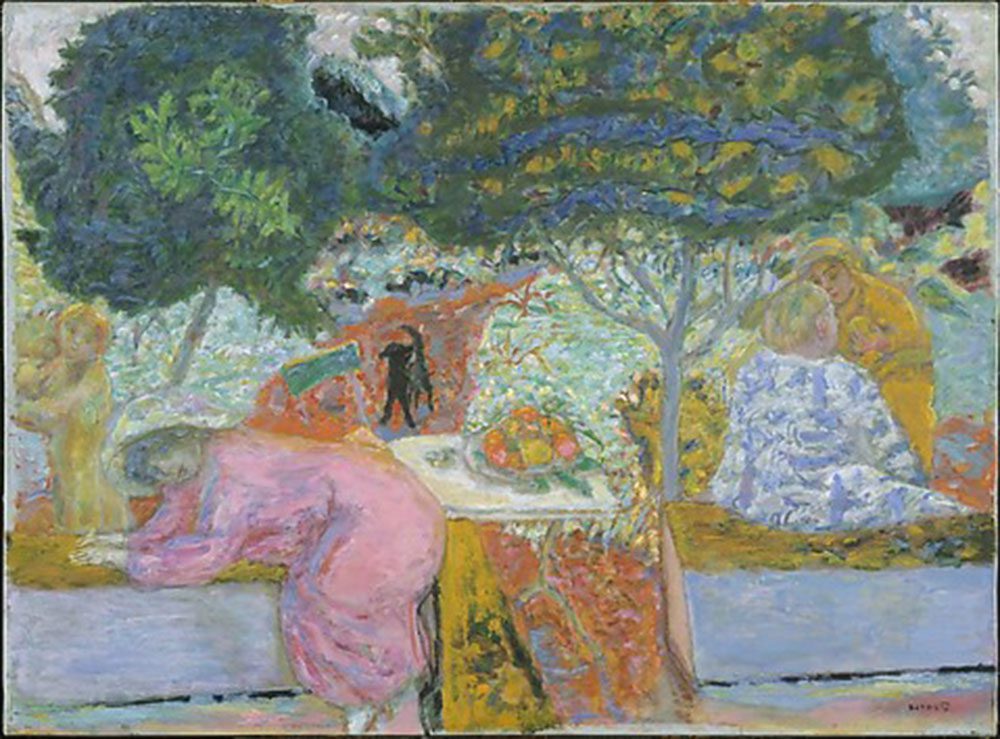
Morning in the garden at Vernonnet [oil on canvas], by P. Bonnard, 1917, the Metropolitan Museum of Modern Art, New York, NY, USA Image/ https://www.metmuseum.org/art/collection/search/483494
The Spanish painter Joaquin Sorolla (1863 – 1923) dedicated much of his life to ‘capturing the intimate and meditative essence of a garden’, according to his great-grand daughter Blanca Pons-Sorolla, including his own at the Sorolla House in Madrid, Spain.
Courtyard of the casa Sorolla [painting], by J. Sorolla y Bastida, 1917, Alamy Image/ www.alamy.com/stock-photo-joaqun-sorolla-y-bastida-courtyard-of-the-casa-sorolla-79511139.htm
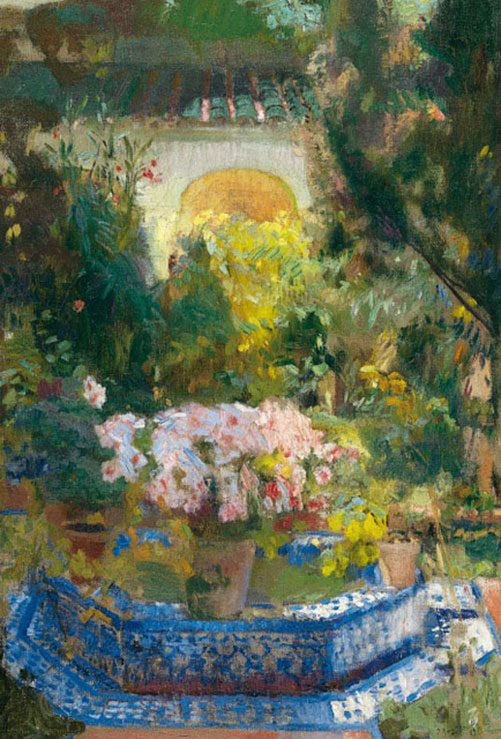
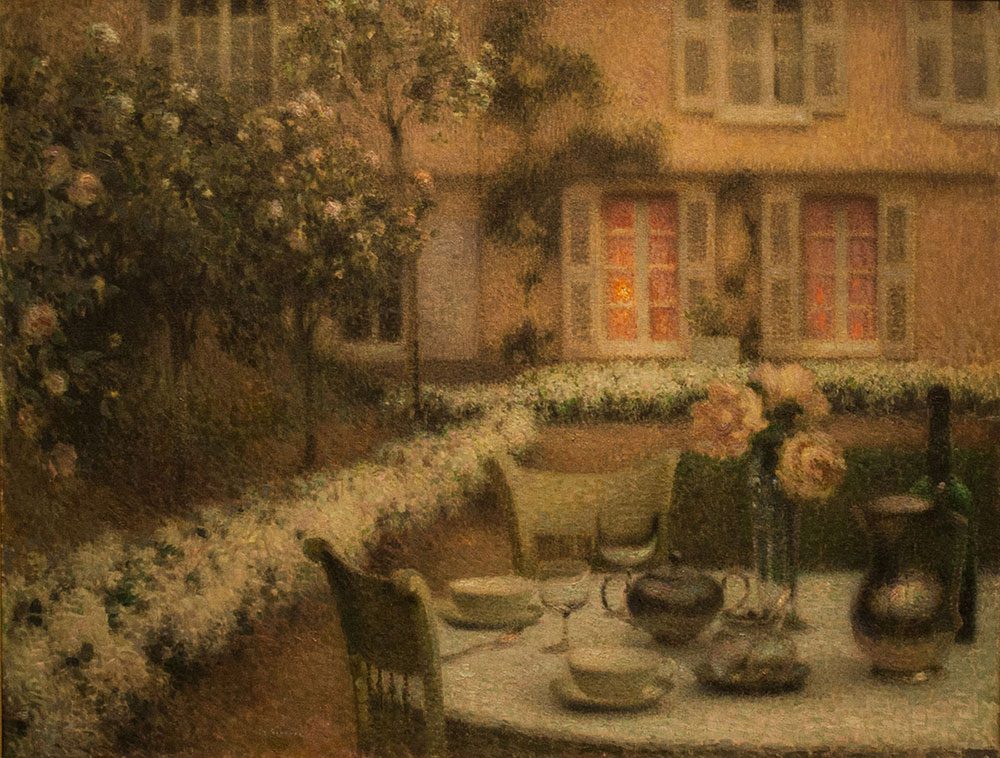
The French ‘intimist’, Henri le Sidaner (1862 – 1939) designed and developed his own garden in Gerberoy, France in 1900, which he painted frequently in different moods, light and seasons.
From The table in the white garden [oil on canvas] by H. Le Sidaner, 1906, Image/ Alamy www.alamy.com/stock-image-henri-le-sidaner-the-table-in-the-white-garden
Then there are the musicians such as the Russian émigré composer and pianist Sergei Rachmaninoff (1873- 1943) who built villa ‘Senar’ on the shores of lake Lucerne in Switzerland in 1932, including an immense garden, where he tended to his roses and found solace for his longing for the lost gardens of his childhood. This relatively quiet period in his otherwise restless life as a forever travelling Russian émigré and celebrated pianist inspired him to create a few of his major works, among others his third symphony.
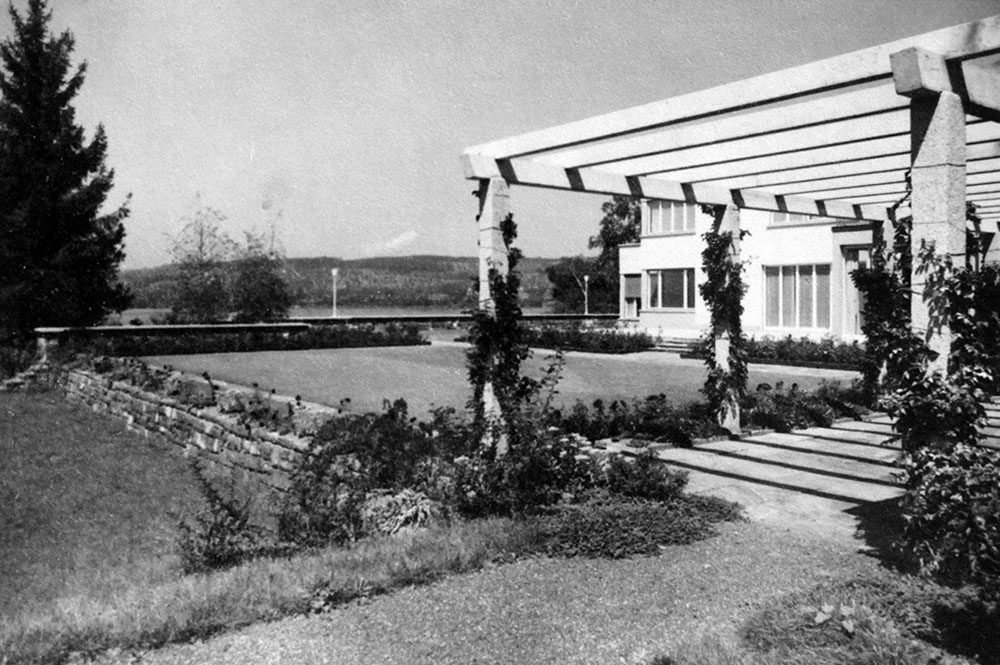
Villa Senar [photograph], by unknown, 1934, Rachmaninoff foundation Image/ www.russianartandculture.com/villa-senar-a-magical-place-supported-by-rachmaninoff-foundation.
Finally, the writer and illustrator Beatrix Potter (1866 – 1943), who developed her garden at Hill Top, UK and drew inspiration from it for her many illustrations and children stories.
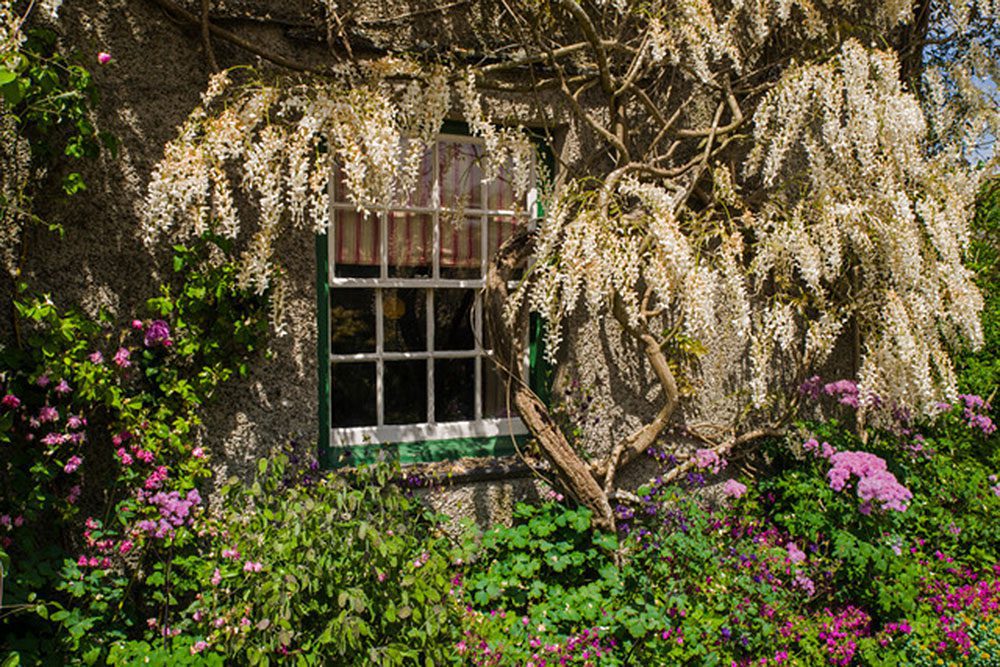
Hill Top Farm in the Lake District, UK, once home to children’s author Beatrix Potter [photograph], by C. Dorney, 2016, Alamy Image/ www.alamy.com/stock-photo-cumbria-uk-may-30th-2016-a-shot-of-hill-top-a-17th-century-house
All of the above mentioned gardens have been lovingly restored, are maintained by gardeners and most are open to the public. As such they have become lasting, independent artworks, after acting as lifelong muses for their respective artists/owners.
This brings us to the historically much debated question whether gardens and garden design can be considered an art form itself, on equal footing with the art forms such as painting, music and literature they have inspired. When we consider Matisse’s mission statement on the purpose of his art, the answer would be affirmative.
Creating a garden is an act of balance, a striving towards serenity and purity, using similar design elements in addition to horticultural knowledge, thus ‘providing a good arm chair that induces relaxation from physical fatigue for businessman, man of letters and metal worker alike’.